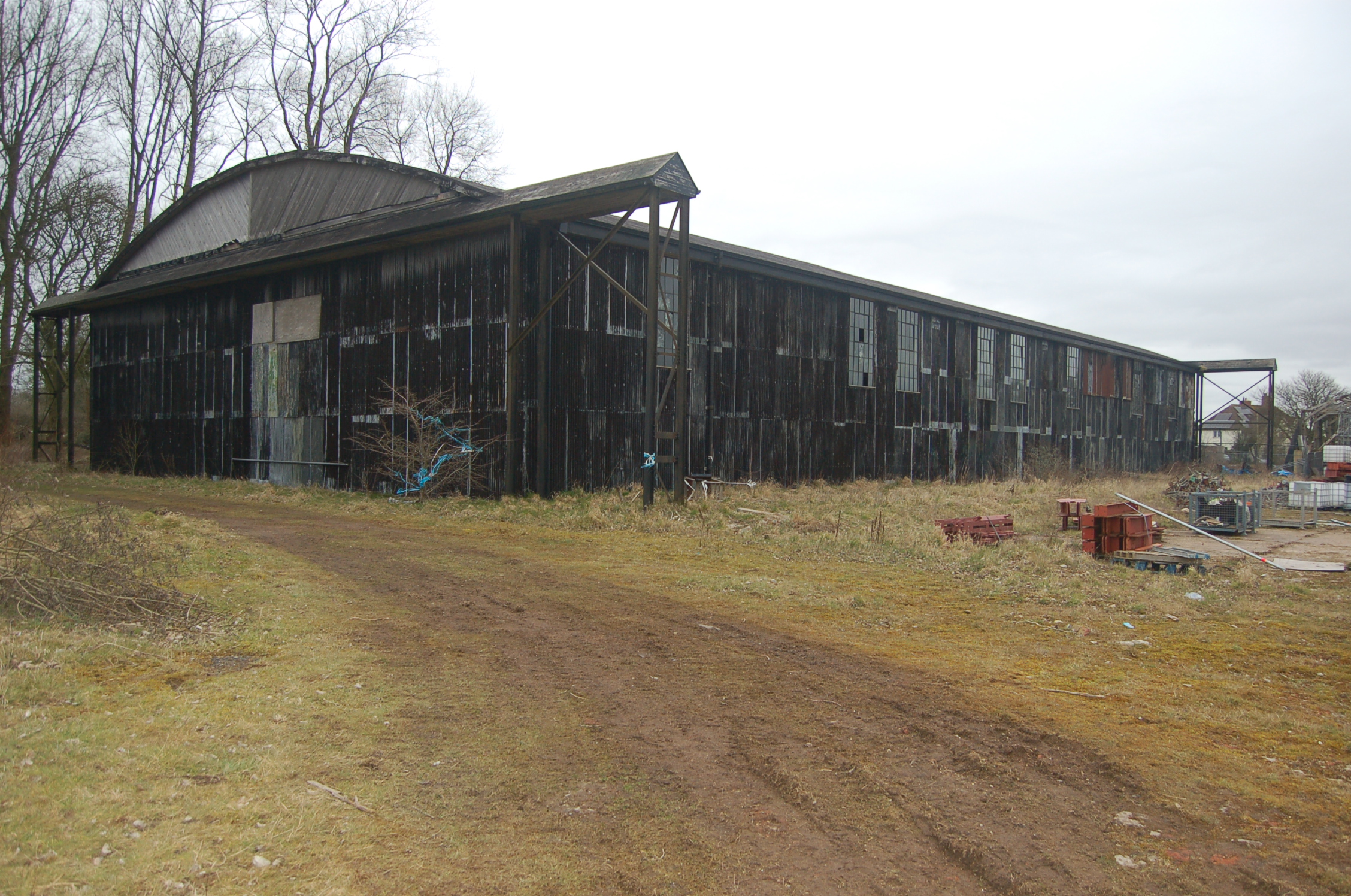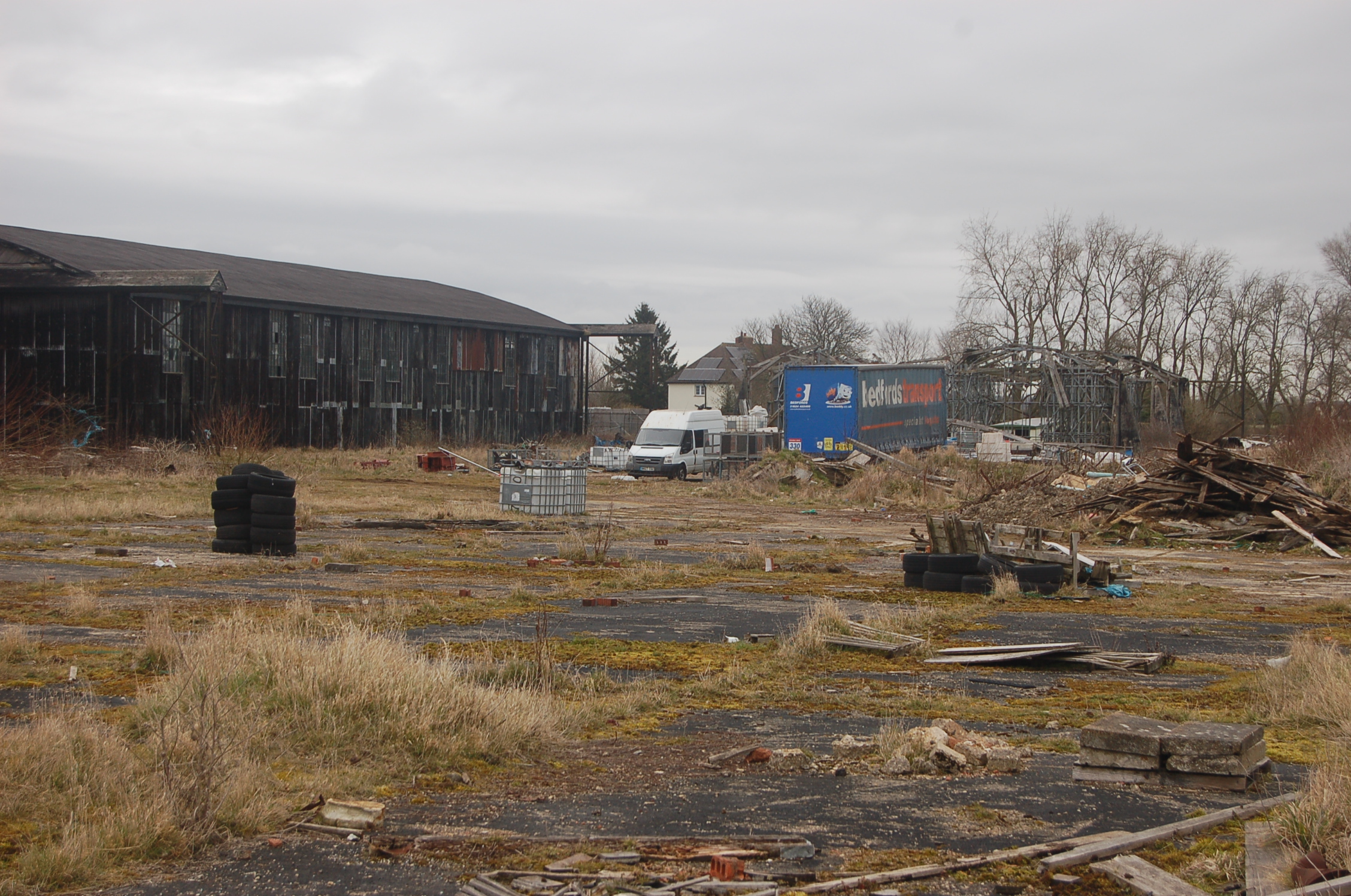Welcome to Greg’s War

A WW1 Pilot’s Blog
Greg’s War is the home of an ‘on-this-day’ blog about a First World War pilot’s life 100 years ago: the WW1 experiences of 2nd Lt. C. E. Gregory RFC/RAF in 1918
In March 1918, 2nd Lt C.E. Gregory RFC (‘Greg’) began flying training. At the beginning of June, his training completed, he was posted to France with the British Expeditionary Force on the Western Front, flying RE8s with 42 Squadron RAF until after Armistice Day. His previously unpublished diary, log book, memorabilia and remarkably detailed photographs form the basis of this blog, which gives an insight into the life, the scrapes, and the occasional japes of a 19 year old pilot in the closing months of World War 1 – the Great War.
Greg’s War: an ‘On-This-Day’ Blog from the Final Months of the First World War
The posts in the Greg’s War blog were, as far as practicable, first published 100 years to the day after the events to which they relate, from 1 February 1918 to 1 February 1919 – Greg’s 19th and 20 birthdays, respectively. Posts were based primarily on Greg’s Pilot’s Flying Log Book, which ran from 14 March 1918 to 1 January 1919, and his more detailed Diary of Active Service, which he kept from 29 May 1918 to 21 August 1918. In some cases, entries from the Squadron Record Book and Routine Daily Orders of his squadron supplement the material. Complete pages from the Log Book and Diary are published on the Log Book and Diary Pages .
Find your way around…
Scroll down or follow the links for an outline of Greg’s early life and sketches of his flying training and his posting to the Western Front, all of which give some brief context for the blog. Summaries of recent posts to the blog are to be found below, but for the real deal click to go to the blog page here.
Background articles going into more detail can be found at Setting the Scene. Photographs from the Greg’s War Collection are brought together here.
There’s a menu at the top of the page to stop you from getting lost. For more about this site, see About Greg’s War. In the meantime: welcome, bienvenue, welkom und, ja, wilkommen.
A few milestone posts:
To get the best idea of how the war developed for Greg, start right here with the first post, on his 19th birthday, and step forward in time using the ‘Next’ links at the bottom of the posts:
Friday 1 February 1918 – Notice of Promotion to 2nd Lieutenant RFC
Here are a some salient moments on the way:
Tuesday 4 June 1918 – Near Disaster on the First Day on the Front
Thursday 8 August 1918 – Good Shoot with 213 SB; Start of Last ‘100 Days’
And here is the last post, on Greg’s 20th birthday:
Header images: 2nd Lt. C. E. Gregory RFC/RAF, Greg’s War Collection








